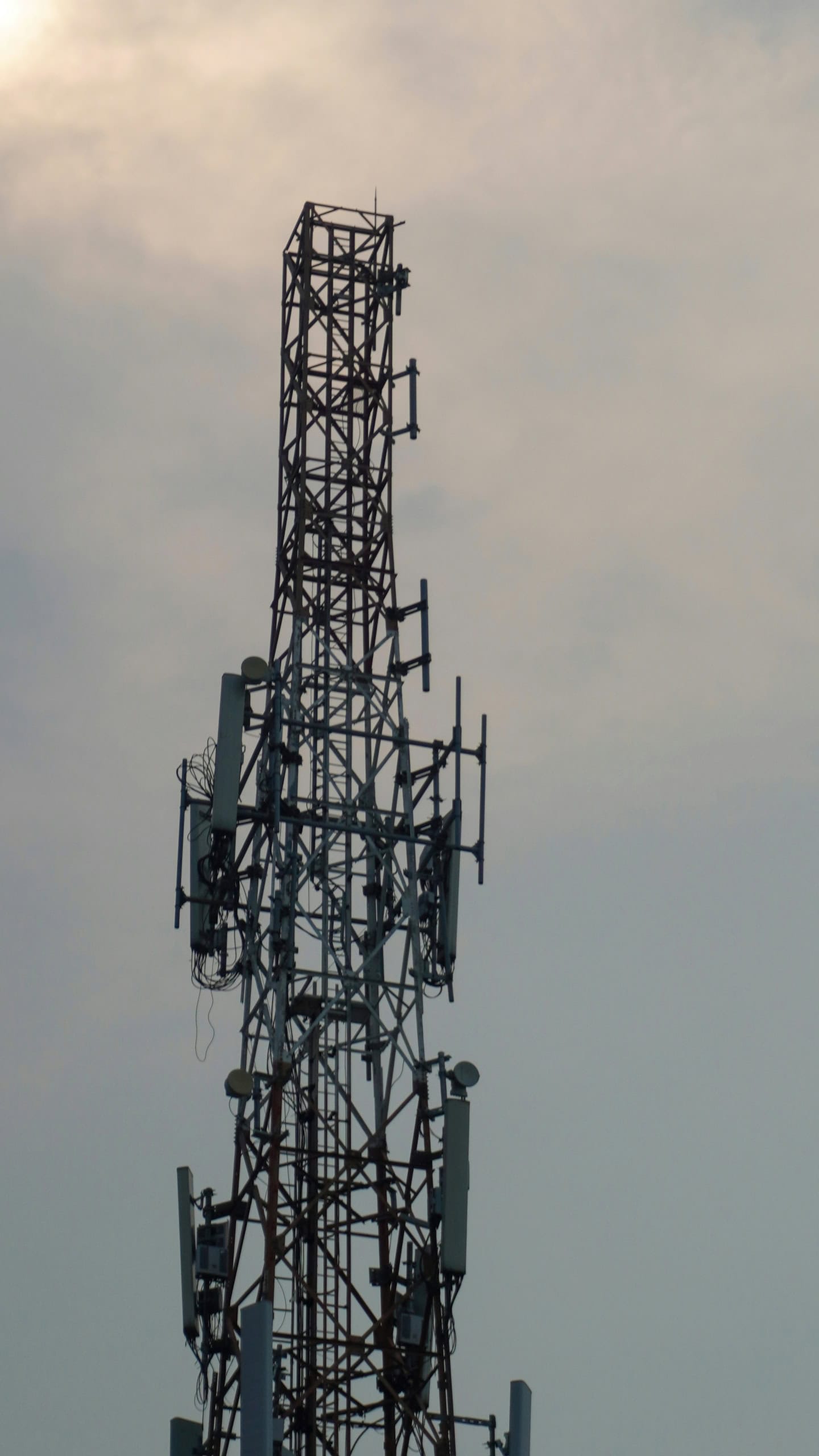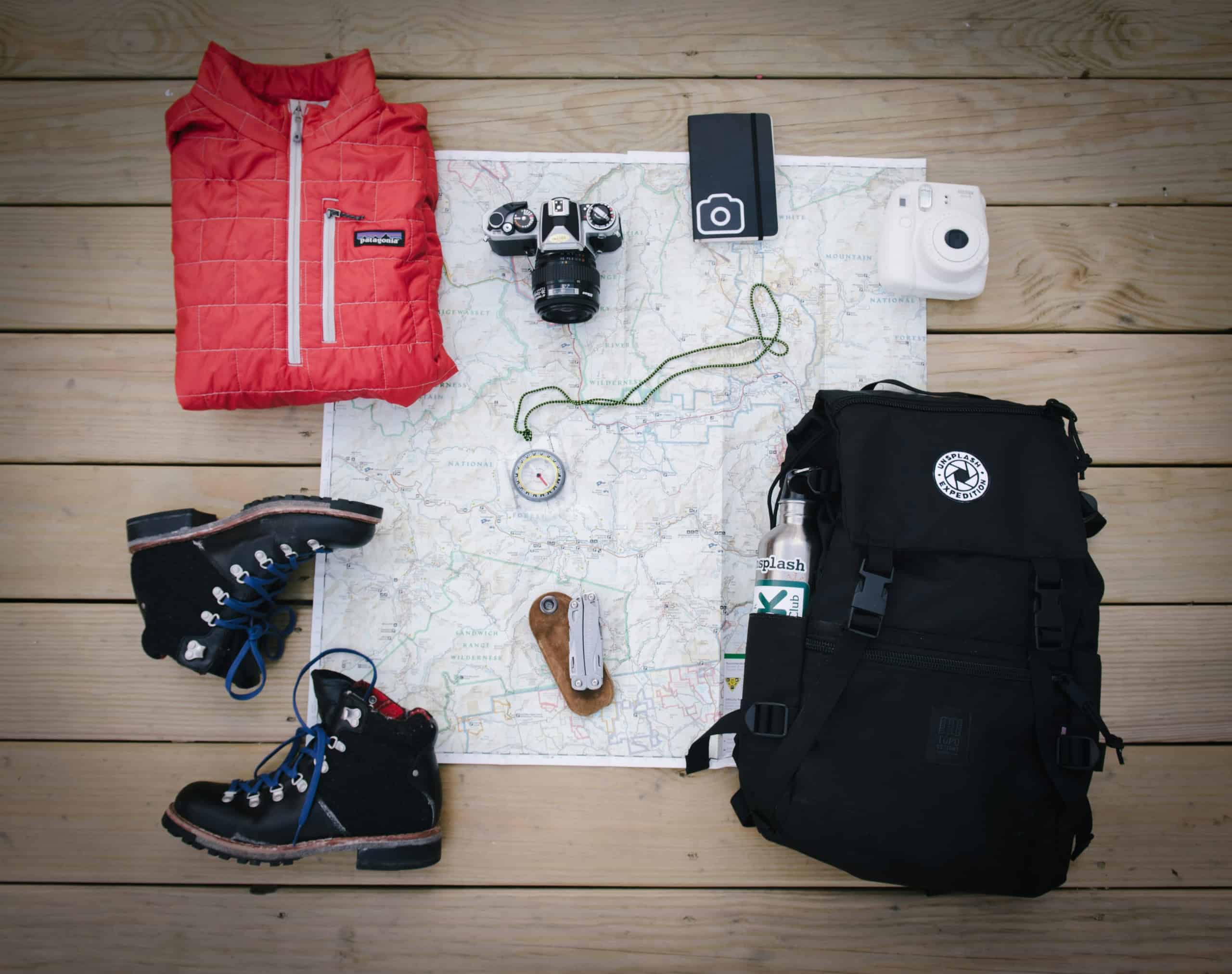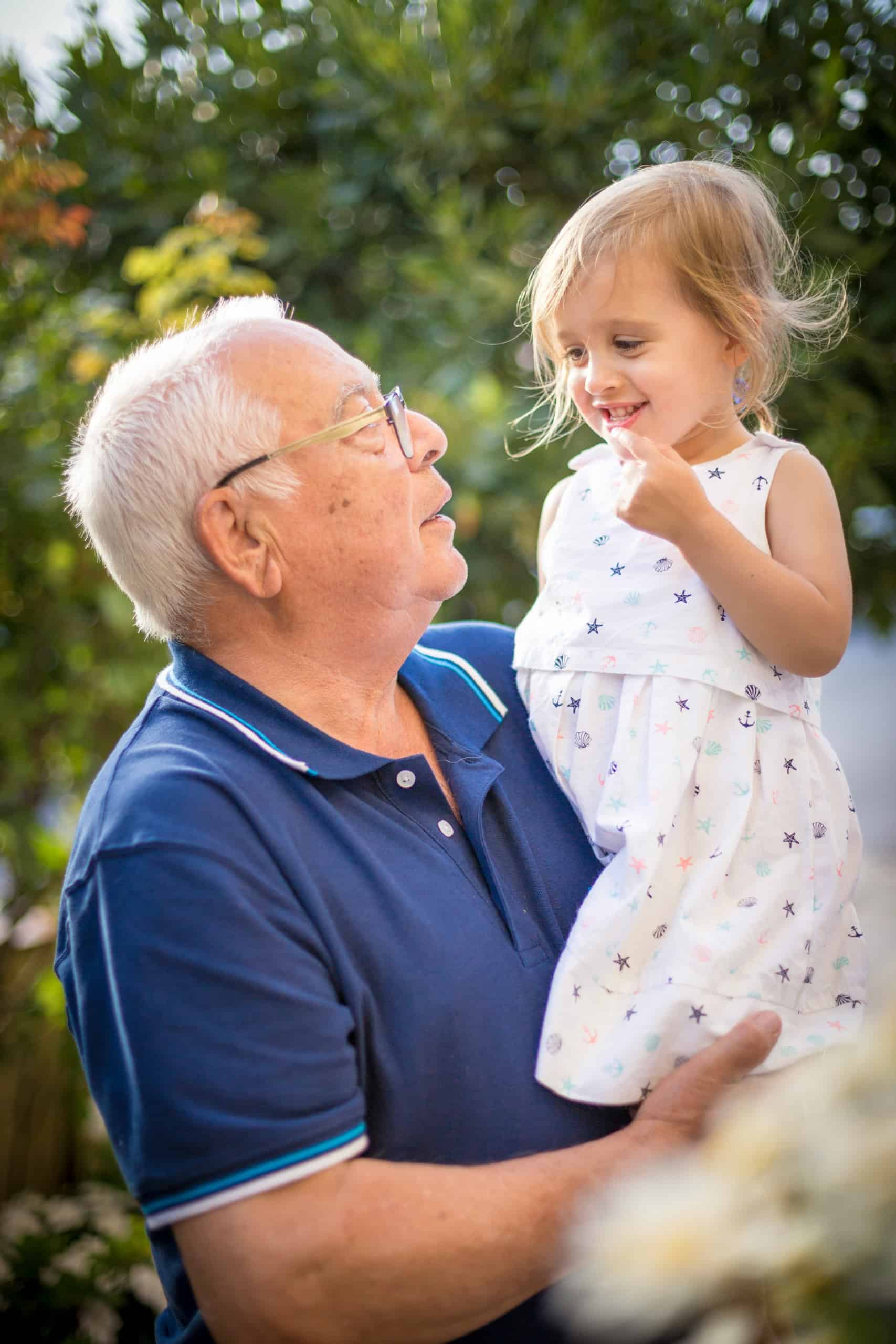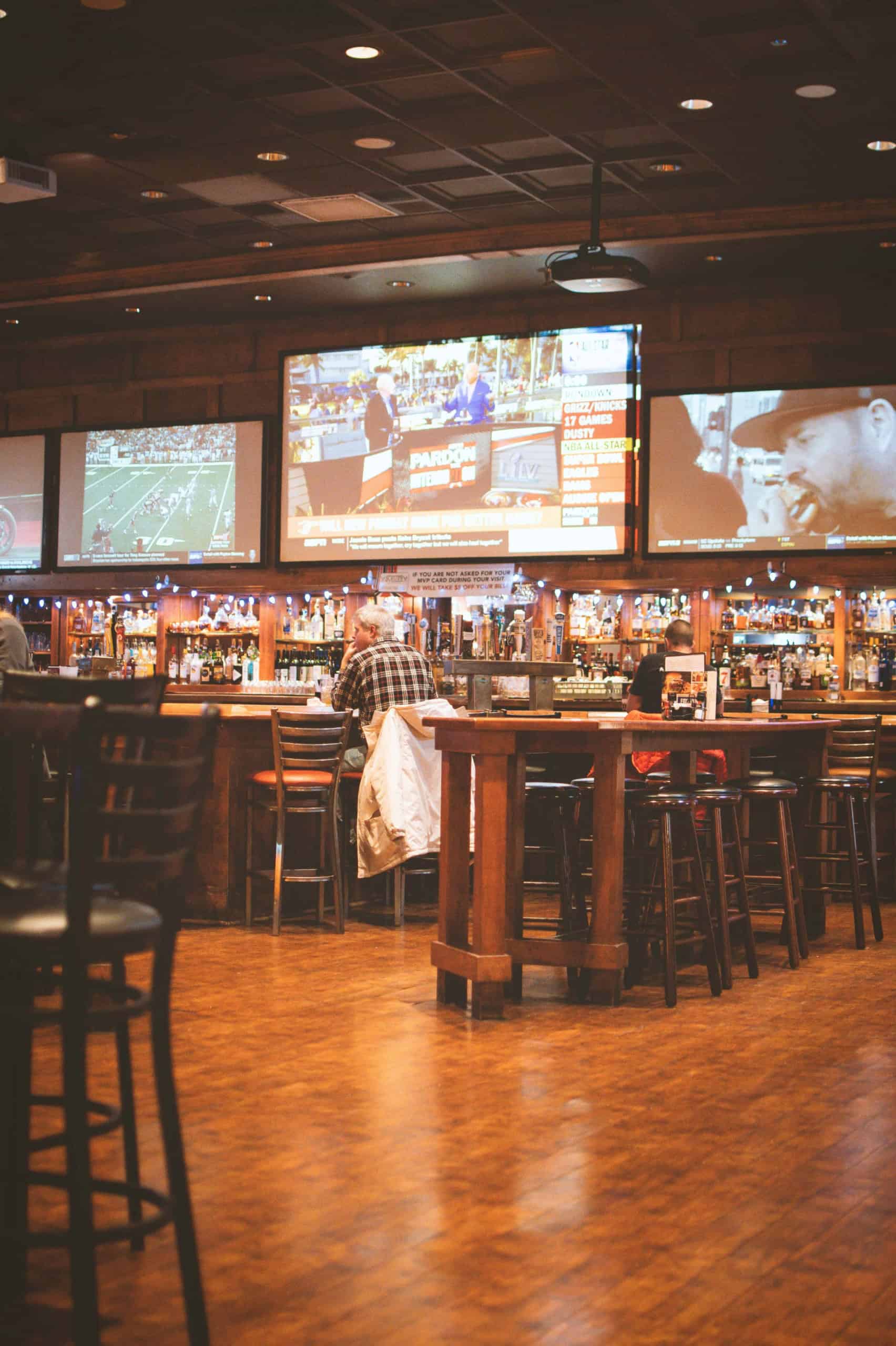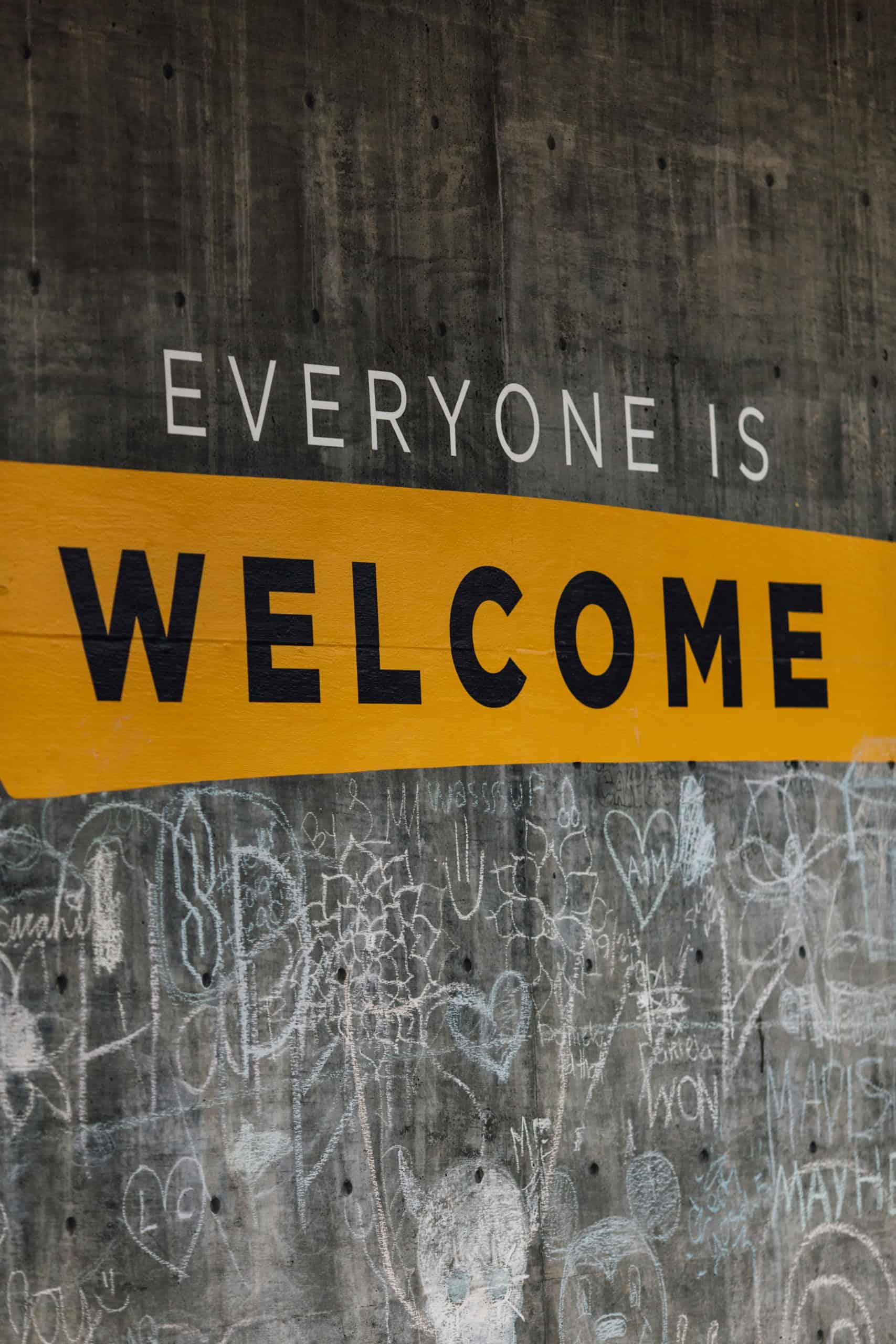Common Understanding Depends on Clarity
This week’s post may turn into a bit of a rant about the words that I’ve heard some people use in certain situations that make me shudder because I feel like they are unclear or badly chosen.
We’ll go through a few examples to set the stage and then hopefully move into some lessons for families and their advisors as they work together in preparation for an eventual transition from one generation to the next.
As it turned out, I heard a couple of these utterances in quick succession recently, and that put this on my radar.
It also made me think about how so often the key word that rubs me the wrong way is a verb.
Let’s jump in and see where this takes us.
Working with a Coach
For the first example, I need to begin with what I consider to be the proper verb.
I am a coach and I have a coach (as all good coaches do).
When I think about this kind of relationship, I always talk about “working with” a coach.
Imagine how my ears reacted when a was sitting in a room listening to a presentation and I heard someone mention that another person was “seeing a coach”!
Yikes; wait, what?
Clearly the person speaking is either confused or ill-informed.
You see a therapist or a psychologist or name another profession here, but you do not “see” a coach.
No disrespect to anyone who is seeing such a person, I don’t want to add to any stigma around that.
Perhaps if you are dating someone who happens to be a coach I will excuse it, but otherwise, NO.
Being Part of a Board
The next example comes from having heard someone mention that they sat on a board.
Having done my share of sitting on boards over the years, there was a lot more work being done than just the sitting.
I recognize that there are some boards where there are a bunch of people who do little more than sit, but I’ve never been part of one and likely wouldn’t stick around if that were the case.
I prefer to say that I am part of a board, and being part of one for several years recently was very rewarding for me and I learned a lot from it.
Yes, there are “seats” at a board table and they are led by a “chair”, but please, no sitting on boards for me.
Doing an MBA
The third example has been living inside of me for a few decades, since I did my MBA.
There was in fact plenty of “doing” during those two years.
My pet peeve version of this one is when I hear people talking about “getting” their MBA.
If you feel like you just “got” an MBA, as opposed to putting in the effort to “do” it, then it probably wasn’t worth it.
If I mention that I’m going to stop at the grocery store, my wife might ask me to “get some milk” (and I’ll typically reply “Yes, Dear”).
You don’t just pick an MBA up off the shelf.
Much like the sitting on the board, it’s all about the meaningful effort and lived experience.
The Family Enterprise Angle on All This
I noted off the top that this missive might seem like a bit of a rant and so far it probably comes across as such.
But I typically bring my thoughts together in a way that can be useful to families as they work on transitioning their business or wealth to the next generation, so allow me to attempt that now.
I encourage people who are part of an enterprising family to work with a coach, because the perspective they will gain from that will surely be worthwhile.
I also suggest that families put together some sort of board with independent (i.e. non-family) members, and hopefully one where there is more than just sitting going on.
It need not be a full fiduciary board, put at least a formal advisory board often makes sense.
Go Do an MBA
Finally, especially if your family still has an operating business, by all means consider doing your MBA.
Make sure you go to a school where there will be lots of “doing” involved, because that’s the part that makes all it worthwhile.

